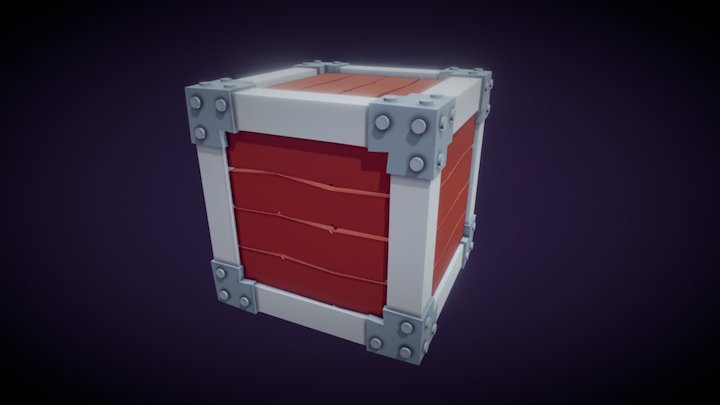

At the beginning, we have to set up the scale and dimensions of our scene. The latest edition came with a 3d printing toolbox as well, designed especially for the needs of modeling for 3d printing. It is completely free, and there are a plenty of good sites and tutorials if you want to learn how it works. Or you can go into the AutoCAD suite where you have things like 3D Max, Maya, and AutoCAD.īlender is an open-source 3d modeling software that you can use to create your very own models for 3d printing. If you want it to get more advanced you can get into things like Rhino and Grasshopper or Solidworks which are professional level engineering softwares. There are also sites like Leopoly ( click here) and Tinkercad, which are in browser based 3D modeling tools that allow you to rapidly create and download a file that you can 3d print on your desktop 3d printer. Most common basic 3D software which are available out there are tools like Blender or SketchUp, which have a freely available version, and they are really easy to learn because there are a plenty of well-documented tutorials available online. Whether you use a web-based (webGL or html5) 3d modeler optimized for 3d printing (such as Leopoly) or a professional CAD tool like Rhinoceros, 3dsMax, Maya, SketchUp or Blender, designing objects for 3D printing demands expertise in everything from structural engineering to material science. There are several software needs for 3d printer users: open-source 3d modeling tools, like OpenSCAD or Blender, slicing tool, to “compile” the 3d geometry to a set of G-Code instructions for the toolpath of the extruder tool of the 3d printer, such as Skeinforge or Slic3r and finally a 3d printer controller program, such as Printrun, Cura or RepetierHost. Almost ready #mini #reprap #mendel #huxley #3dprinter #opensource #assembly #diy #kit #arduino #melzi #solder #pcb #hardware #affordable #3dprinting #calibration #test Ī post shared by parametric art on at 6:28am PST


 0 kommentar(er)
0 kommentar(er)
